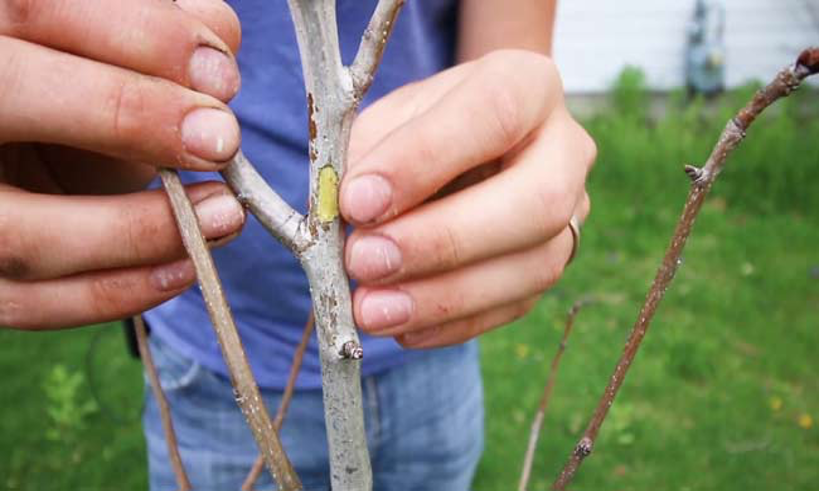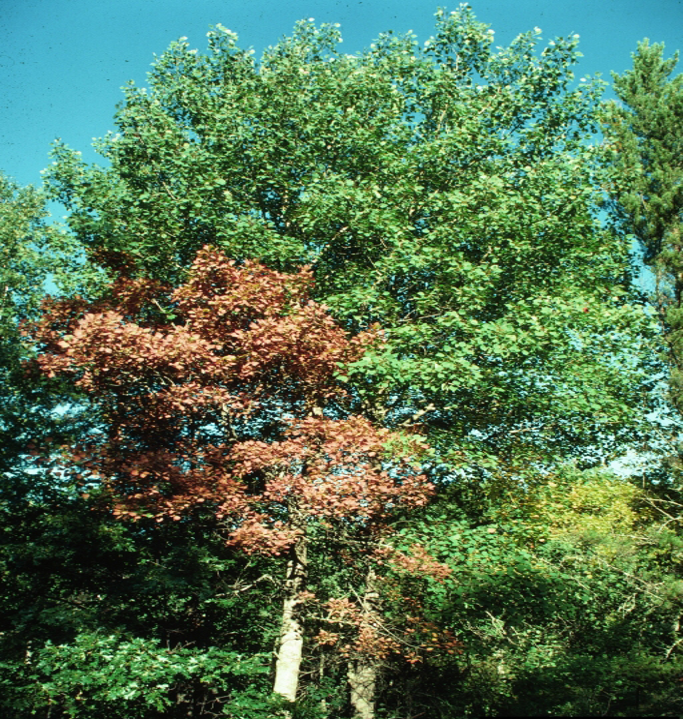Is My Tree Dying??
go.ncsu.edu/readext?898478
en Español / em Português
El inglés es el idioma de control de esta página. En la medida en que haya algún conflicto entre la traducción al inglés y la traducción, el inglés prevalece.
Al hacer clic en el enlace de traducción se activa un servicio de traducción gratuito para convertir la página al español. Al igual que con cualquier traducción por Internet, la conversión no es sensible al contexto y puede que no traduzca el texto en su significado original. NC State Extension no garantiza la exactitud del texto traducido. Por favor, tenga en cuenta que algunas aplicaciones y/o servicios pueden no funcionar como se espera cuando se traducen.
Português
Inglês é o idioma de controle desta página. Na medida que haja algum conflito entre o texto original em Inglês e a tradução, o Inglês prevalece.
Ao clicar no link de tradução, um serviço gratuito de tradução será ativado para converter a página para o Português. Como em qualquer tradução pela internet, a conversão não é sensivel ao contexto e pode não ocorrer a tradução para o significado orginal. O serviço de Extensão da Carolina do Norte (NC State Extension) não garante a exatidão do texto traduzido. Por favor, observe que algumas funções ou serviços podem não funcionar como esperado após a tradução.
English
English is the controlling language of this page. To the extent there is any conflict between the English text and the translation, English controls.
Clicking on the translation link activates a free translation service to convert the page to Spanish. As with any Internet translation, the conversion is not context-sensitive and may not translate the text to its original meaning. NC State Extension does not guarantee the accuracy of the translated text. Please note that some applications and/or services may not function as expected when translated.
Collapse ▲How to identify a dead tree
Here are a few really simple tests you can do at home to know for sure whether your tree is dead or simply a late bloomer.
The scratch test: By scratching the outer side of the bark you will be able to reveal the second layer, if it is green, this is a really good sign that there is still hope for your tree and it might just need some more time before it blooms back to life.
The snap test: The second way is by taking a year-old twig and bending it to a 90-degree angle, if the twig breaks, the tree is most likely dead.
Observation: From visual observation, signs like fungus or horizontal cracks are clear signs of a dead tree. You can tell a tree is dead in a much earlier stage by looking at new twigs and seeing whether their buds are dry or green.
Factors that cause trees to die: In the late summer, the most common causes are related to drought or heat. If trees are under drought stress, this reduces their defense against insect damage or disease-causing organisms. Since most trees are so large, it may take several years for the tree to die due to insect, disease, or drought injury. However, once this starts, it’s almost impossible to reverse the damage.
Protection: It’s important to remember to protect the root systems and trunks of trees when any grading or clearing is done. Never allow machinery to come close to the tree as the roots extend 2 to 3 times the width of the tree’s canopy. If a tree’s roots are cut due to grading, it may take up to 5 years to finally die. Always use silt fencing or some other type of protection around desirable trees to protect them during the clearing process.
-Submitted by Anass Banna






